[et_pb_section fb_built=”1″ _builder_version=”3.22.3″ min_height=”1481px” custom_padding=”|29px||||”][et_pb_row _builder_version=”4.5.6″ _module_preset=”default”][et_pb_column type=”4_4″ _builder_version=”4.5.6″ _module_preset=”default”][et_pb_text _builder_version=”4.6.6″ _module_preset=”default”]
Positioning is about the battle for the mind, heart, time – and yes – the wallets of your supporters. I know that might sound somewhat crass, but people tend to support causes and organizations they connect with and find personally relevant. And, more often than we’d like to believe, sometimes they simply support the ones that are the most persistent.
The purpose of positioning is to create an identity in the minds and hearts of your targets. It helps to identify why your organization is distinct, effective, and deserves their support. Many experts have written books on positioning, but most of the principles can be boiled down to three basic differentiation strategies:
- Building on your strengths– What is your organization really, really good at (better than your competitors)? Examples: Holistic care? Program completion success? Saving lives?
- Zeroing in on a niche– What are one or two things you do exceptionally well? Examples: Speedy care? Quality staff? Tending to the needs of specific people, groups, or neglected areas?
- Reframing the competition– What do you offer or provide that your competitors don’t? Examples: Higher tech? Higher touch? Easier access? Lower cost? Greater efficiency?
SEGMENT | TARGET | POSITIONING (STP)
An interesting positioning project that I was involved with related to a nonprofit media ministry’s feature film release. Even though this movie had plenty of entertainment value, it was primarily created as an outreach tool. In other words, the makers of this particular movie were looking not only to score at the box office to help fund their efforts, but they also wanted to bring attention to and prompt discussion about important topics and pressing concerns in which they were engaged.
While the movie had a strong faith-based element, it was determined that the storyline had enough universal appeal to reach broader audiences. But with limited marketing dollars, we needed to focus our efforts on four distinct target segments and we created positioning/messaging against each audience.
Below is how we divided the segments, audiences, and positioning for this film.
[/et_pb_text][et_pb_image src=”https://domoregood.org//www/wp-content/uploads/2020/12/unnamed-1024×410.png” alt=”Sample STP Chart” title_text=”STP Chart” _builder_version=”4.6.6″ _module_preset=”default” custom_margin=”10px||||false|false”][/et_pb_image][et_pb_text _builder_version=”4.6.6″ _module_preset=”default”]
You’ll note that how this movie was served up to these audiences was markedly different and distinct. By doing this, we allowed each audience the opportunity to connect with the story in a way that was unique and relevant to them.
When launched, the movie landed in the national box office top ten. It also became one of the top-selling, faith-based purchased and rented movies for a major Hollywood studio.
Ultimately, STP helped this effort and organization to DO MORE GOOD. But, as you can see with our movie example, the STP approach also allows a diverse group of people to personally connect and engage with your cause and “feel more good” about why they support your organization.
Okay, so how about your organization? Are you segmenting, targeting and then positioning – or are you still relying only on the same relationships, events and/or emails to make a difference for your cause? Would love to hear your thoughts, insights and stories!
[/et_pb_text][/et_pb_column][/et_pb_row][et_pb_row _builder_version=”4.5.6″ _module_preset=”default”][et_pb_column type=”4_4″ _builder_version=”4.5.6″ _module_preset=”default”][et_pb_divider _builder_version=”4.5.6″ _module_preset=”default”][/et_pb_divider][/et_pb_column][/et_pb_row][et_pb_row column_structure=”1_4,3_4″ _builder_version=”4.5.6″ _module_preset=”default”][et_pb_column type=”1_4″ _builder_version=”4.5.6″ _module_preset=”default”][et_pb_image src=”https://domoregood.org//www/wp-content/uploads/2019/12/Billblog-150×150.jpg” title_text=”Bill McKendry” url=”https://domoregood.org/do-more-good-about-us/do-more-good-bill-mckendry-2/” url_new_window=”on” _builder_version=”4.5.6″ _module_preset=”default”][/et_pb_image][/et_pb_column][et_pb_column type=”3_4″ _builder_version=”4.5.6″ _module_preset=”default”][et_pb_text _builder_version=”4.5.6″ _module_preset=”default”]
Bill McKendry
Founder + Board President| DO MORE GOOD
Chief Creative Officer | HAVEN
[/et_pb_text][/et_pb_column][/et_pb_row][/et_pb_section]
